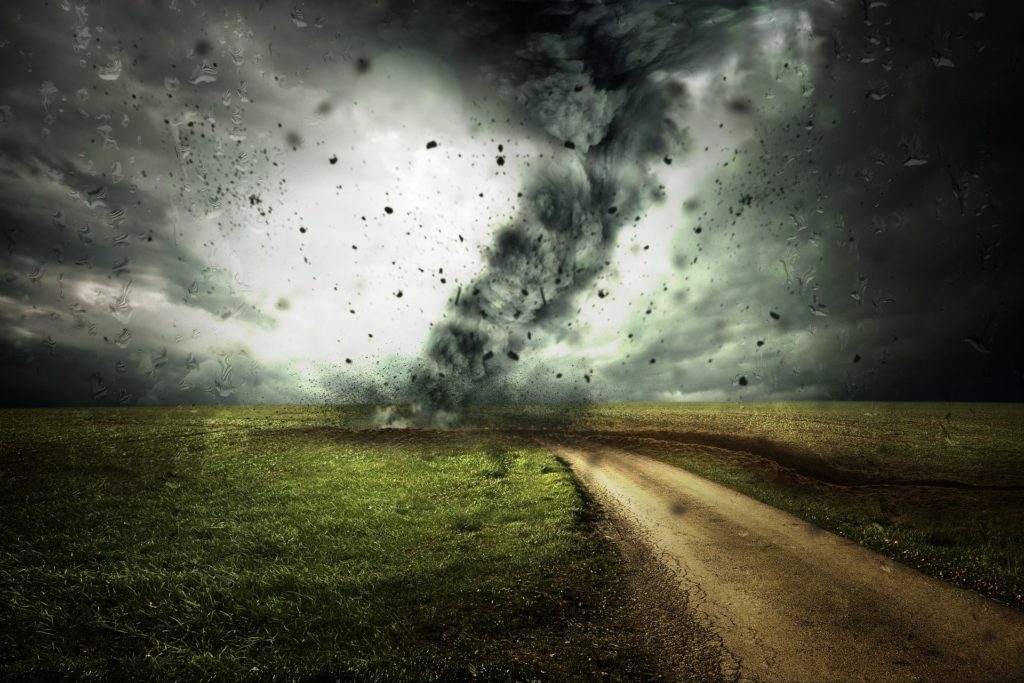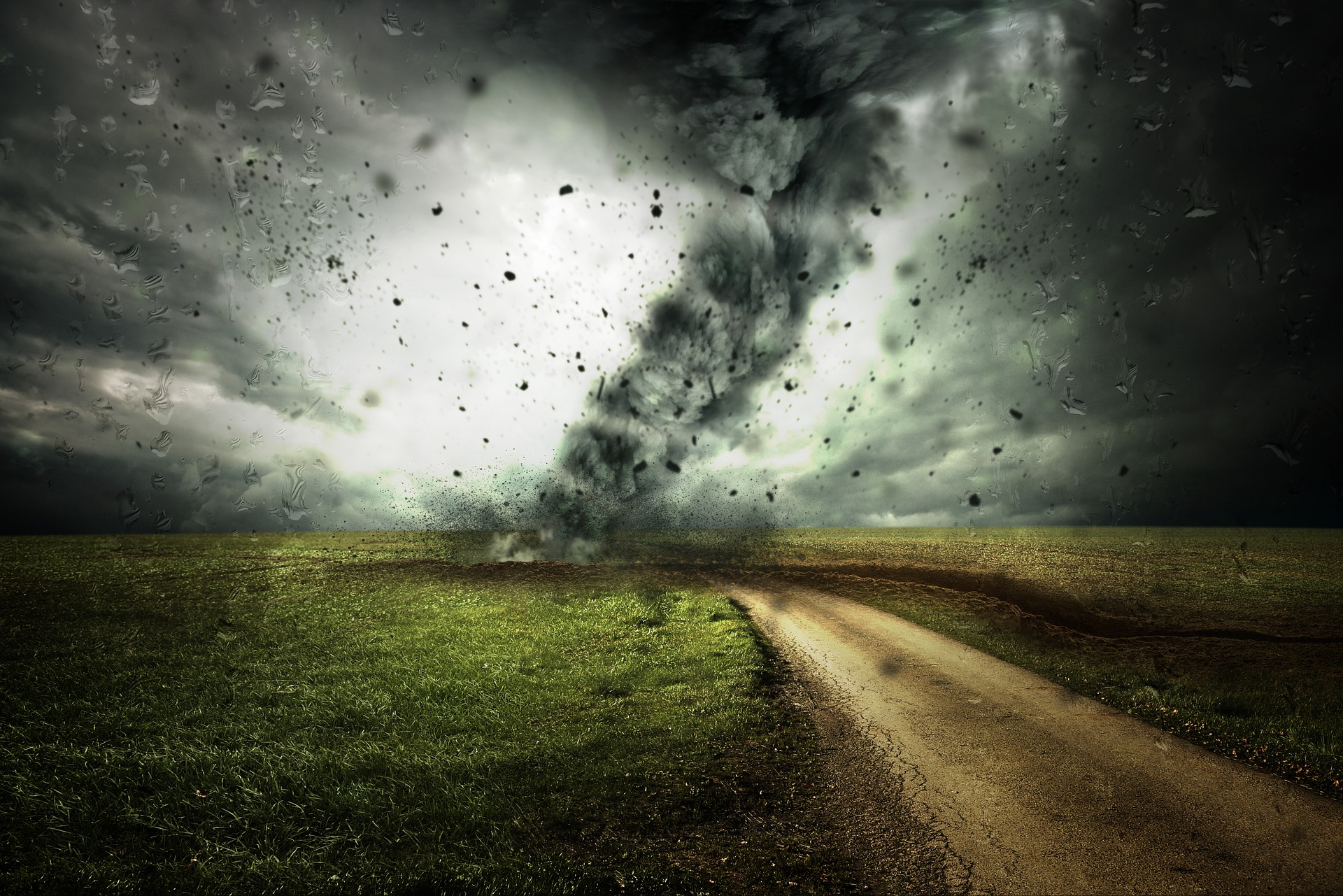
Researchers from multiple universities across the United States on 13 May launched the Targeted Observation by Radars and UAS of Supercells (TORUS) project, an effort to fly drones into supercell thunderstorms in the hope of improving storm forecasts.
The project’s goal is to better understand supercells – thunderstorms that spin – and the powerful tornados that they produce. Covering 365,000 square miles of the US Great Plains, TORUS has been described as “the most ambitious drone-based investigation of severe storms and tornadoes ever conducted”, involving three universities, more than fifty researchers and students, and a storm laboratory.
Led by the University of Nebraska-Lincoln, the project will use a “broad suite of cutting-edge instrumentation” deployed across the Great Plains during the 2019 and 2020 storm seasons to provide a data-driven, multi-dimensional view of each storm system included in the study.
The equipment used in the study will reportedly include four unmanned aircraft systems or drones, a NOAA P3 manned aircraft, eight mesonet trucks equipped with meteorological instruments, three mobile radar systems, a mobile LIDAR system, and three balloon-borne sensor launchers.
The University of Colorado Boulder, Texas Tech University and the University of Oklahoma, along with the National Severe Storms Laboratory (NSSL), also are participating in the project.
According to the NSSL, multiple research teams will “follow severe thunderstorms to study how factors like wind speed, temperature, humidity and pressure may reveal the small-scale structures in a supercell storm and how it contributes to tornado formation”. The data collected will be used to improve current conceptual models of supercell thunderstorms.
Aims of the project include measuring and observing the frequency of changes in the atmosphere and relationships between the different atmospheric boundary layers. Among the tools used in the project will be swarms of radiosondes that take measurements of the atmosphere. They are attached to balloons that are much smaller than traditional weather balloons and as many as 100 can be tracked within the storm at once.
“We are flying more aircraft at the same time,” Adam Houston, associate professor of Earth and atmospheric sciences at the University of Nebraska-Lincoln and one of seven principal investigators, said in a statement. “We’ve only flown one drone in the past, now we’re going to fly four. We can fly in more parts of the storm at the same time, get more data and answer a more extensive set of questions.”
“There are fundamental problems with tornado warnings,” Houston added. “The false alarm rate is high — 75 percent of the time we don’t get a tornado. Yet if you reduce the false alarm rate, you also reduce the rate of detection. We need to improve that gap to save lives.”
“We can do that if we can improve our understanding of small-scale structures and small-scale processes that lead up to storms. We want to know how the storm influences the environment, and vice versa, in the seconds, minutes and hours leading up to the storm and afterwards,” he said.
The study will cover almost the entirety of the Central Plains – aka “Tornado Alley – including parts of North and South Dakota, Texas, Iowa, Wyoming, Nebraska, Kansas, Oklahoma and Colorado. Houston described this area as a great laboratory to better understand severe storms.
“Every place in the United States is vulnerable to super cell thunderstorms,” he said. “What we learn in this laboratory called the Central Plains is applicable to everywhere — it’s geographically agnostic.”
Fieldwork on the project will continue until June 16, with a goal of staying out as long as possible. Houston noted that it is dangerous work, adding: “There’s no getting around it. We’re putting ourselves in the path of these serious storms.”


Leave a Reply